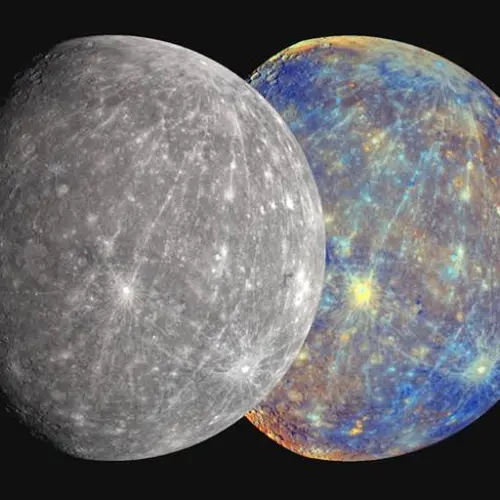The Latest News
Read the latest news about our breakthrough discoveries, get a behind-the-scenes looks at our researchers at work, and join our scientists as they redefine the pursuit of what's possible.

Filter By:
1086 results found for:
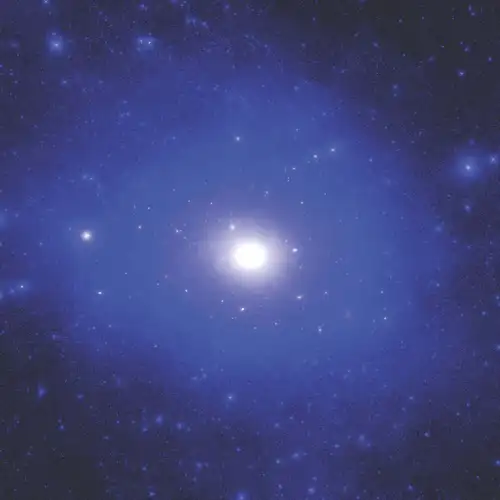
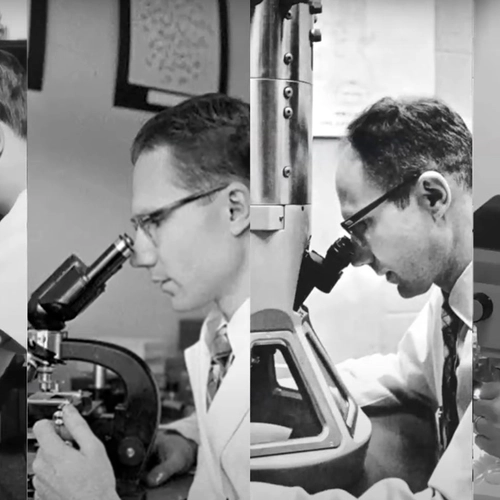
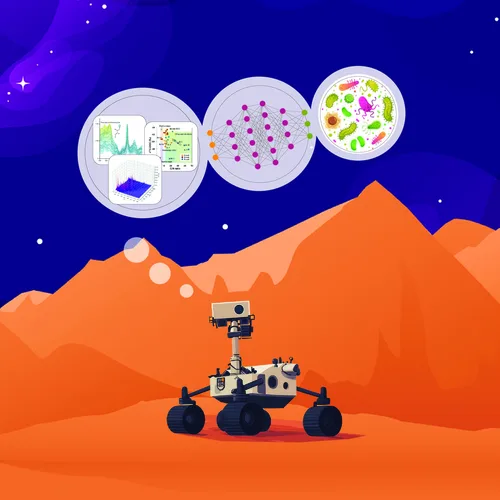
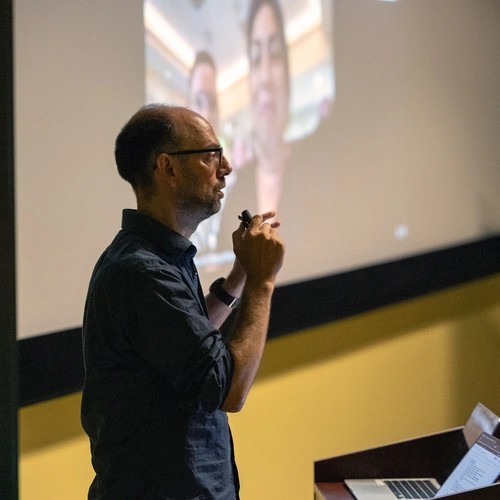
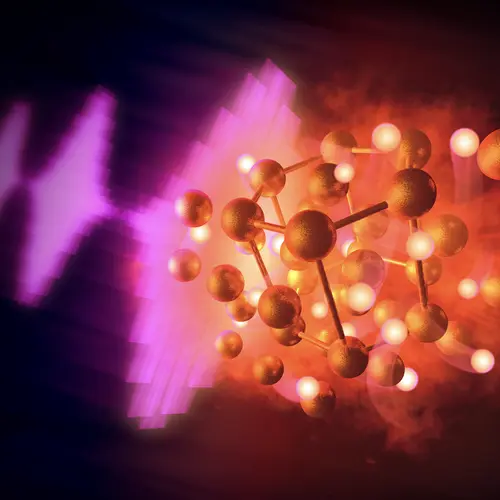
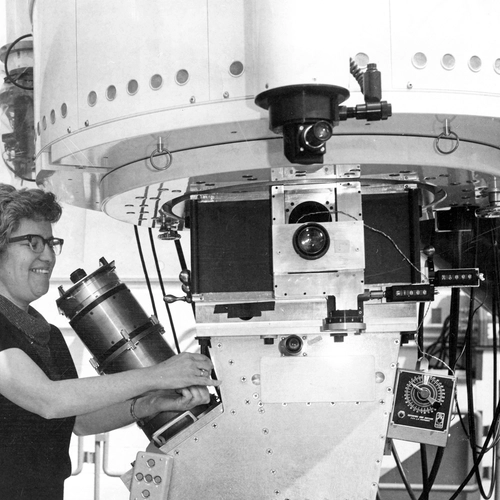

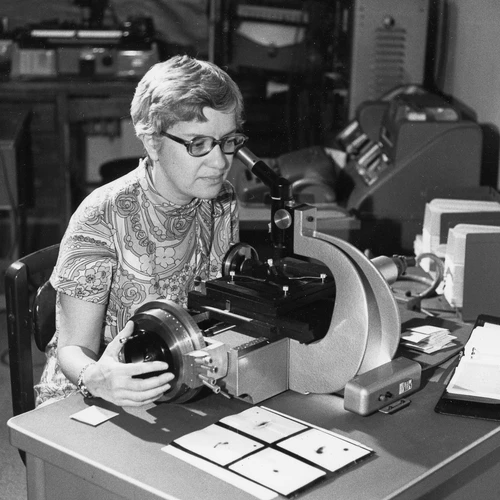
![Vera Rubin at Lowell Observatory, 69-inch [i.e., 72-inch] Telescope (Kent Ford in white helmet)](/sites/default/files/styles/square_small/public/2024-09/DTM_VR-B-011_19650000.jpg.webp?itok=szDEEF8a)
